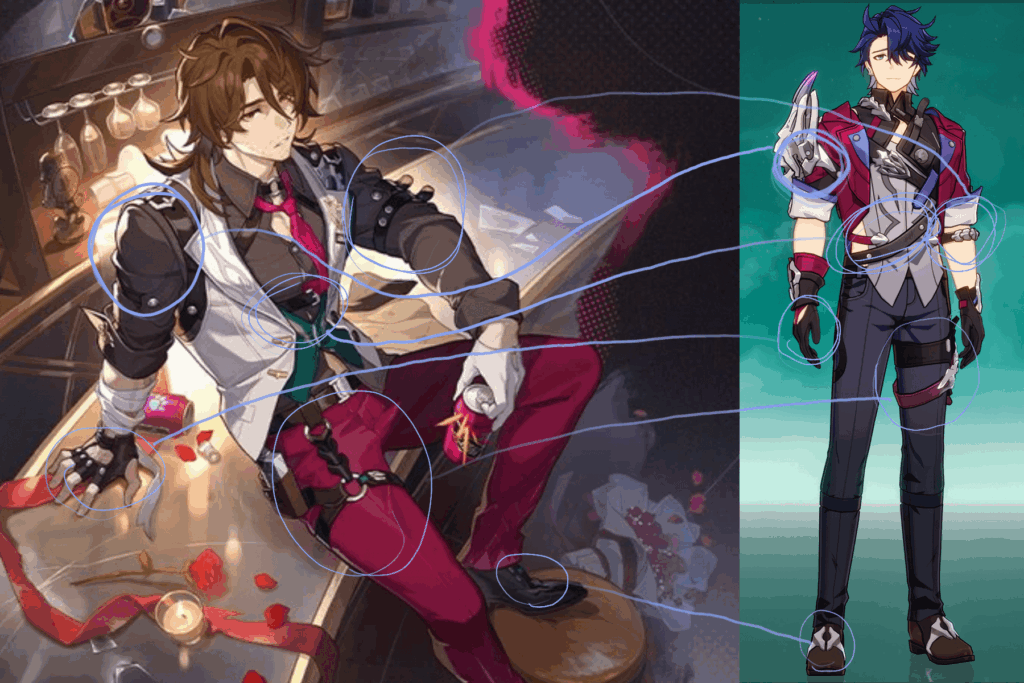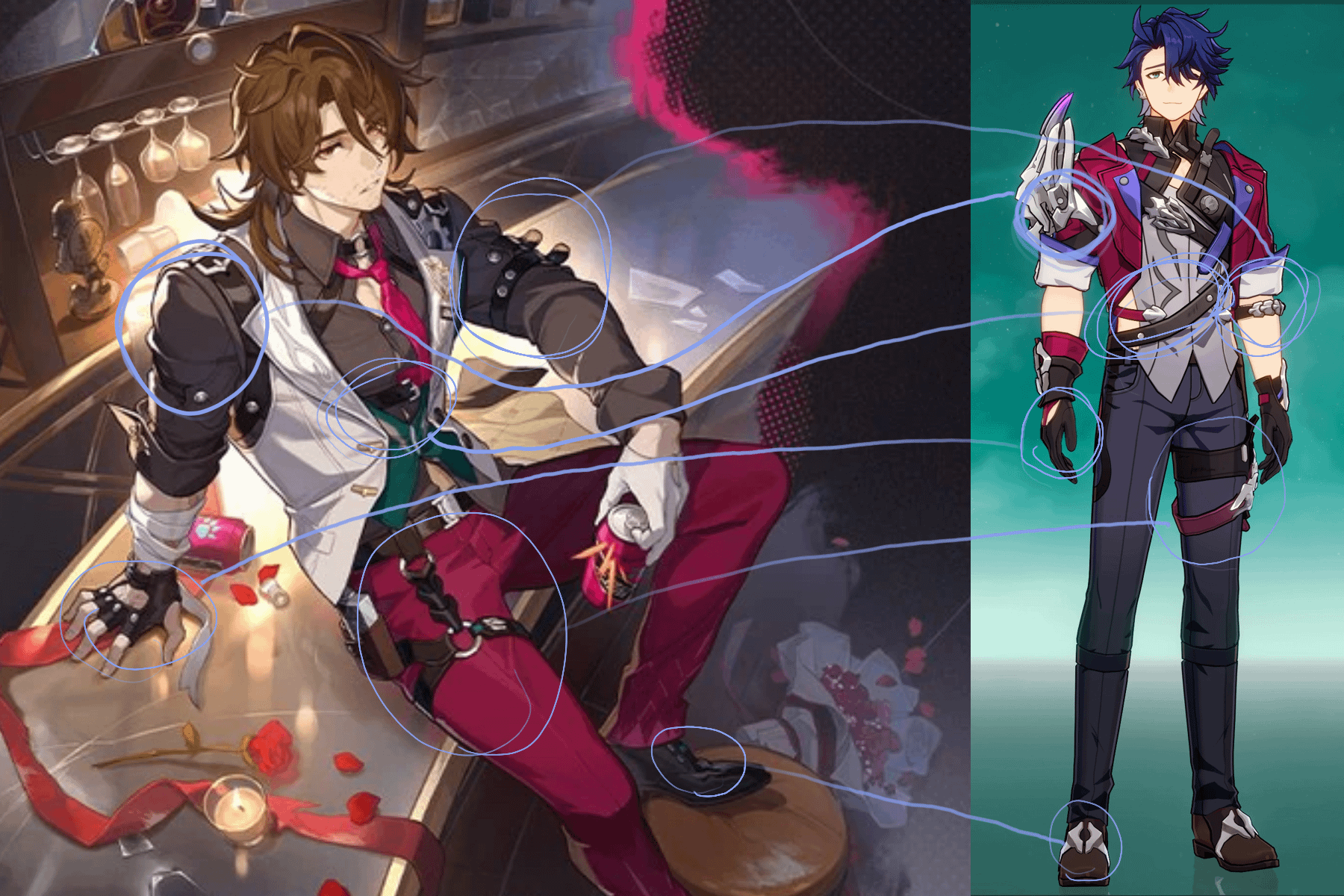
Unmasking the Truth: The Enduring Allure of Masked Fools
The image of the masked fool, a figure shrouded in mystery and often associated with revelry and subversion, has captivated imaginations for centuries. From the jesters of medieval courts to the enigmatic figures of modern-day protests, the masked fool represents a complex interplay of power, identity, and social commentary. This article delves into the historical roots, cultural significance, and enduring appeal of the masked fool, exploring how this archetype continues to resonate in contemporary society.
A Historical Perspective: From Court Jester to Carnival Figure
The origins of the masked fool can be traced back to the medieval court jester. These individuals, often physically or mentally different, held a unique position within the royal household. They were granted license to mock the king and his court, offering criticism and satire under the guise of entertainment. Their masks, sometimes literal and sometimes metaphorical, allowed them to speak truth to power without fear of reprisal. The jester’s role was not merely to amuse; it was to challenge the status quo and provide a vital outlet for dissenting voices.
Beyond the court, the masked fool also found a home in the vibrant traditions of Carnival. This pre-Lenten festival, celebrated in many parts of the world, is a time of inversion and transgression. Social hierarchies are temporarily suspended, and the masked fool reigns supreme. Masks and costumes allow individuals to shed their everyday identities and embrace a persona of freedom and rebellion. The Carnival masked fool embodies the spirit of liberation, challenging societal norms and celebrating the chaotic energy of collective expression. [See also: Carnival Traditions Around the World]
The Psychology of the Mask: Identity, Anonymity, and Power
The mask itself is a powerful symbol. It conceals the wearer’s identity, creating a sense of anonymity and liberation. This anonymity can embolden individuals to act in ways they might not otherwise, allowing them to express hidden desires, challenge authority, or simply indulge in playful mischief. The mask becomes a shield, protecting the wearer from judgment and allowing them to explore different facets of their personality. Furthermore, the mask can also serve as a tool of empowerment. By adopting a new persona, the wearer can assume a position of authority or influence that they might not otherwise possess. The masked fool, therefore, is not simply a figure of fun; they are a symbol of transformation and potential.
Masked Fools in Literature and Art: Reflections of Society
The image of the masked fool has appeared in countless works of literature and art throughout history. Shakespeare’s plays are filled with characters who embody the spirit of the masked fool, using wit and satire to expose the follies of the powerful. In art, the masked fool is often depicted as a figure of ambiguity, their true intentions hidden behind a playful facade. These artistic representations offer valuable insights into the social and political climate of their time, reflecting the anxieties, aspirations, and contradictions of the societies that produced them.
Consider the Commedia dell’Arte, a form of Italian improvisational theatre that flourished for centuries. Stock characters, often masked fools, engaged in witty banter and slapstick comedy, satirizing contemporary social issues and political figures. These performances were a popular form of entertainment, providing a critical commentary on the world around them. The enduring popularity of Commedia dell’Arte demonstrates the enduring appeal of the masked fool as a vehicle for social satire and political critique. [See also: History of Commedia dell’Arte]
Contemporary Manifestations: Protest, Performance, and Pop Culture
The masked fool continues to be a relevant figure in contemporary society. From political protests to performance art, masks are used to conceal identity, express dissent, and challenge authority. The Guy Fawkes mask, popularized by the film “V for Vendetta,” has become a symbol of anti-establishment sentiment, adopted by activists around the world. Anonymous, a decentralized international activist and hacktivist collective, frequently uses the mask during protests and online campaigns, signifying their commitment to anonymity and collective action. This contemporary usage of the masked fool demonstrates its continued power as a symbol of resistance and social change.
In the realm of performance art, masks are often used to explore themes of identity, transformation, and social commentary. Artists use masks to create alter egos, explore different aspects of their personality, and challenge societal norms. The masked fool in performance art can be a powerful tool for provoking thought, challenging assumptions, and engaging audiences in a meaningful dialogue. The anonymity provided by the mask allows artists to take risks and push boundaries, creating works that are both challenging and transformative.
Even in popular culture, the masked fool archetype persists. From superhero comics to horror films, masks are used to create characters who are both intriguing and unsettling. The masked villain, for example, often represents a hidden threat, a force of chaos that disrupts the established order. The masked hero, on the other hand, may use their mask to conceal their identity and fight for justice, operating outside the bounds of conventional law. The enduring presence of the masked fool in popular culture speaks to its continued relevance as a symbol of power, identity, and social commentary. The rise of social media has also created a new form of the masked fool, where users create online personas that may or may not reflect their real-world identities. This digital masquerade allows individuals to experiment with different identities, express themselves freely, and engage in online communities without revealing their true selves. The implications of this digital masquerade are complex and far-reaching, raising questions about authenticity, privacy, and the nature of identity in the digital age.
The Dark Side of the Mask: Manipulation and Deception
While the masked fool can be a symbol of freedom and empowerment, it is important to acknowledge the potential for manipulation and deception. Masks can be used to conceal malicious intentions, spread misinformation, and manipulate others for personal gain. The anonymity provided by the mask can embolden individuals to engage in harmful behavior, knowing that they are less likely to be held accountable. The rise of online trolling and cyberbullying, for example, demonstrates the dark side of anonymity in the digital age. It is crucial to be aware of the potential for abuse and to promote responsible use of masks and anonymity in all contexts.
The Enduring Legacy of the Masked Fool
In conclusion, the masked fool is a complex and multifaceted archetype that has resonated throughout history and continues to be relevant in contemporary society. From the jesters of medieval courts to the activists of today, the masked fool represents a powerful interplay of power, identity, and social commentary. While the mask can be a symbol of freedom and empowerment, it is important to be aware of the potential for manipulation and deception. By understanding the historical roots, cultural significance, and psychological implications of the masked fool, we can gain a deeper appreciation for its enduring legacy and its continued relevance in the modern world. The figure of the masked fool reminds us to question authority, challenge norms, and embrace the complexities of human identity. It challenges us to look beyond the surface and to seek the truth that lies beneath the mask. The masked fool is a reminder that appearances can be deceiving and that true understanding requires critical thinking and a willingness to challenge our assumptions. The masked fool is a constant reminder of the duality of human nature, the capacity for both good and evil, and the importance of remaining vigilant against those who would use masks to conceal their true intentions. The masked fool, in its many forms, will undoubtedly continue to captivate and challenge us for generations to come. [See also: The Psychology of Deception]

